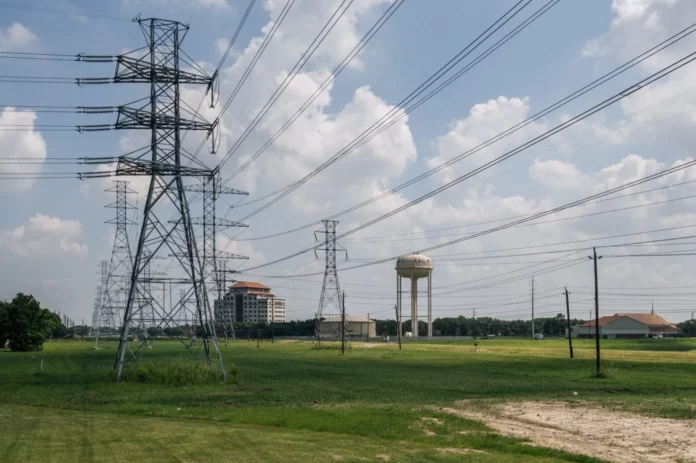A utility watchdog says a sharp rise in electricity demand could pose a problem for grid reliability in the United States and Canada as utilities are slow to make needed upgrades. A new report from the North American Electric Reliability Corporation says that electricity demand is growing faster than at any time in the past two decades, while more than 115 gigawatts of coal-fired capacity is scheduled to close over the next ten years. The report was first published by the Financial Times.
“We are going through a period of profound change,” said John Moura, NERC’s director of reliability assessment. The report estimates that peak summer demand will grow by 15%, or 132 gigawatts, over the next decade. This is significantly more than the 80 gigawatts estimated by the NEURC in last year’s report, which is, of course, due to the rapid construction of data centers to support AI and crypto mining, as well as the growth of electric vehicles and heat pumps. Over the next decade, peak winter demand is expected to increase by 149 gigawatts, or 18 percent, compared to the previous estimate of 92 gigawatts.
As you know, infrastructure projects in the US are being implemented at a glacial pace, so it’s no surprise that the existing power grid was not designed for a world where everything is powered by batteries. Peak demand used to mean the time of day when everyone was at home, with the lights on and the TV on. But now, when many people get home, they turn on their car to charge its massive battery. Or they may have a heat pump, which can consume a lot of energy to heat and cool the home – recent estimates from EnergySage found that a typical heat pump in a typical home consumes 5,475 kilowatt hours per year. They estimate that’s enough to run nine full-size refrigerators for a year or power a Tesla Model 3 electric car for 15,000 miles. To meet all of this demand that is putting pressure on the grid, energy production must increase, but power lines and transformers also need to be modernized.
While tech companies like Meta and OpenAI are investing heavily in new data centers for artificial intelligence, which has yet to prove its worth, one potential benefit of this boom is that there is renewed interest in bringing back nuclear power. Currently, solar and wind power capacity is insufficient to meet demand, and most power grids do not have batteries to store energy for later use. There is hope among technical experts that it is time to return to nuclear power as a clean and affordable source of energy. They also suggest that data centers should be located near nuclear power plants to avoid putting a strain on the power grid.
However, nuclear power is not ideal – the waste needs to be stored somewhere, usually deep underground, and it can take an extremely long time to decay. It also remains unclear whether the general population has forgotten the past disasters and is ready to have nuclear reactors near their homes.
In the past, a potential solution to the power grid problem was to use electric vehicles themselves to power homes when the grid is facing peak load, or to transfer energy from the vehicle back to the grid itself. However, bi-directional systems have not been widely adopted by automakers or electric utilities.
Impulse Labs, a startup developing a new induction cooker, has built a battery into the product that it believes can be used to store a buffer of energy so that households do not try to access the grid at the same time. The idea is that the battery is slowly charged from the grid, and then households access energy from that battery when needed. Impulse Labs believes that products such as Tesla’s Powerwall, a stationary home battery, have not been widely adopted because they are expensive and appeal mostly to doomsday survivalists. By building the battery into a standard household appliance, Impulse believes it has found a workaround to the grid problem.
The NERC warns that under current conditions, the shortage of energy capacity could cause the supply buffer to fall below the required level in almost every jurisdiction across the United States within a decade. “Most North American [integrated power systems] will face increasing resource adequacy challenges over the next 10 years as rapid demand growth continues and thermal generators announce plans to retire.”









